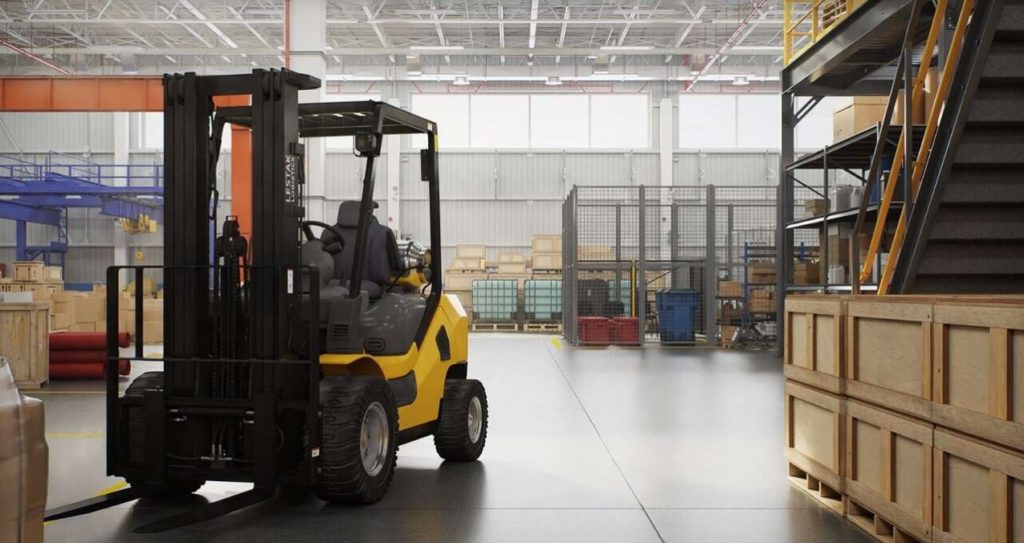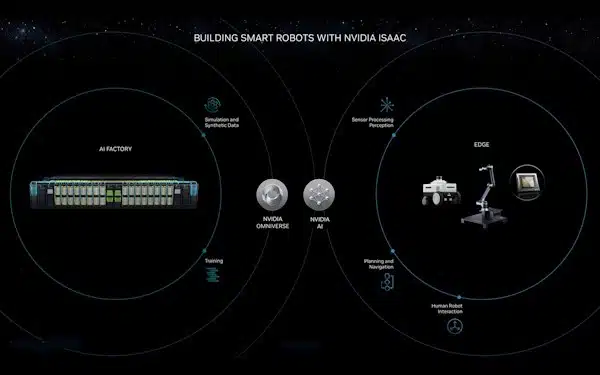One of NVIDIA’s latest virtual keynotes regarding the industrial side of things is about how generative AI has been embraced by key players in the robotics field.

The partners including Boston Dynamics, Collaborative Robotics, Covariant, Sanctuary AI, Unitree Robotics and others are aiming to leverage unmatched intelligence and adaptability through the power of Large Language Models (LLMs) in order to help robots understand and respond to human instructions more naturally
One of the tools they are using is the NVIDIA Isaac platform which is a special software catered to provide development, simulation, and deployment of AI-enabled robots. And if you know about the concept of digital twins which is a full recreation of a facility or any given environment within the digital space, then the answer becomes even clearer – Develop and simulate the very best AI-powered robots before building them in the real world.
One of the examples is demonstrated by Agility Robotics, NTT, and others who utilize generative AI for text and voice command interpretation while robot vacuum cleaners from Dreame are trained within a simulation of actual living spaces for more practical and accurate results. Electric Sheep, on the other hand, is currently building autonomous lawnmowers using real-world data.
Combining NVIDIA Isaac together with the embedded and edge computing portfolio NVIDIA Jetson, partners will be able to harness the full potential of generative AI in a mobile/standalone form factor, further realizing the dream of AGI-capable smart robots.

NVIDIA is also ushering in the concept of an “AI Factory”, a place where all development and testing of everything AI is housed within in the digital world. The creation of such digital space is done with the NVIDIA Omniverse platform.
Meanwhile, runtime environment is equally important but the range is quite wide because it depends on the needs and context of the project – It can be a cloud or data center for always on-demand processing; on-premise server for local processing and integration with other equipment; or standalone solutions powering multiple sensors and cameras.
The artistic approach is assisted by NVIDIA Picasso instead where realistic 3D assets can be generated through simple text prompts and added to digital scenes for dynamic and comprehensive robot training environments.
Team Green is also projecting the elimination of purpose-built robots which traditionally is a time-consuming process. In the future, everything will be easily modifiable and be general enough for a wide variety of goals.






